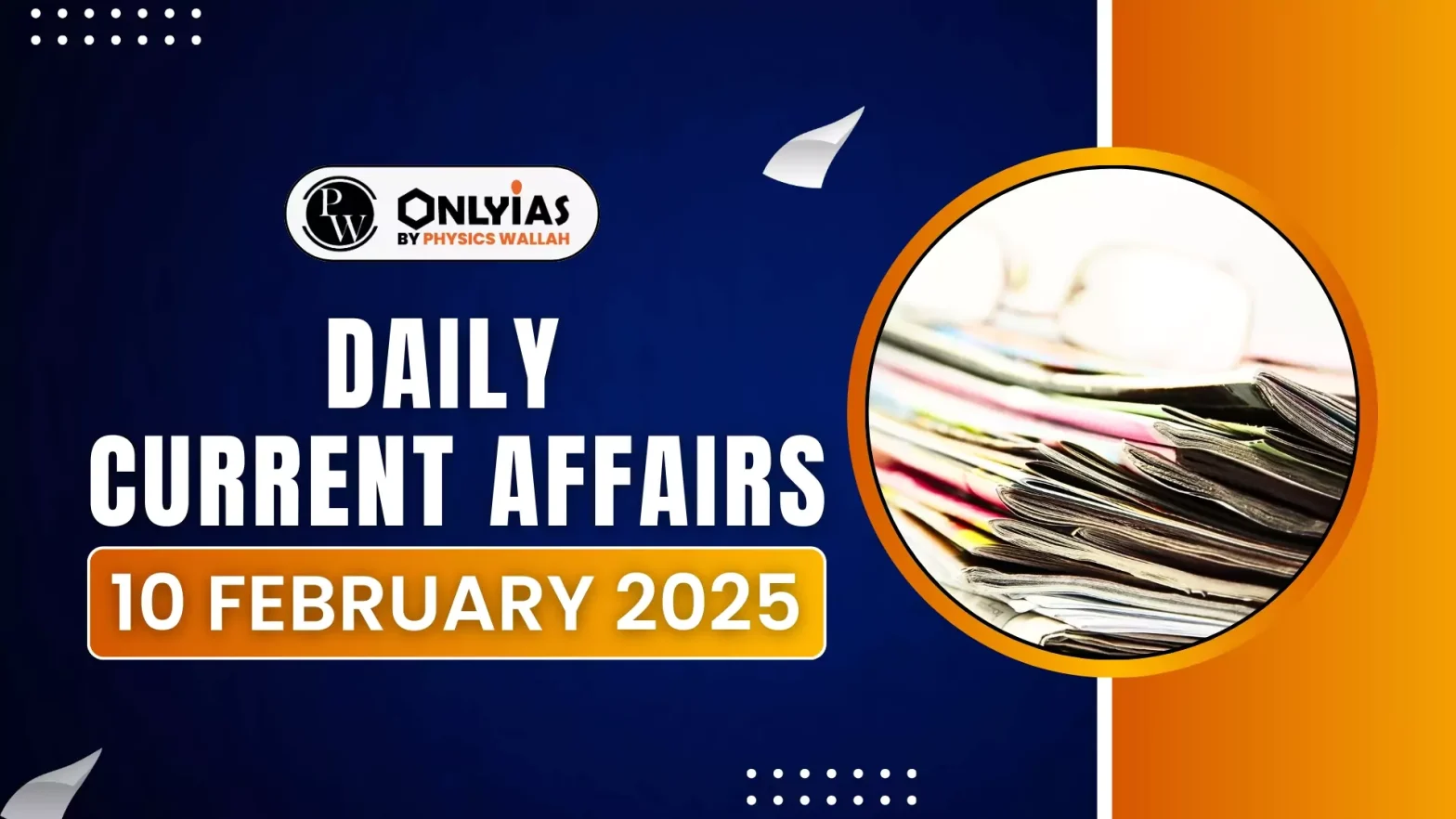A parliamentary panel has advised the Ministry of External Affairs (MEA) to conduct a comprehensive security assessment of all Indian missions and posts abroad.
- The recommendations are part of the ‘Fourth Report of the Committee on External Affairs (2024-25) on Demands for Grants (2024-25) of the Ministry of External Affairs’.
- The recommendation takes into account geopolitical risks, potential threats, and vulnerabilities in host countries.
Key Recommendations of the Parliamentary Panel
- Security of Indian Missions: The committee stressed that the safety of personnel, protection of sensitive information, and continuity of diplomatic functions are paramount.
- The report highlighted recent security concerns in regions such as West Asia, Bangladesh, and Canada, where anti-India activities have been flagged.
- Expansion of Indian Missions: The panel recommended accelerating efforts to establish new missions, especially in countries with significant economic, strategic, or diaspora interests.
- The report noted that India lacks resident missions in 42 countries.
- Financial Stability for Diplomatic Engagements: The committee emphasized that India’s growing global stature requires consistent and predictable financial investments in diplomacy, economy, and culture.
- The MEA was advised to protect key diplomatic areas from budgetary cuts and be prepared for unforeseen financial shortfalls through supplementary grants.
- Enhancing Passport Services: The panel acknowledged MEA’s significant strides in improving passport services through the Passport Seva Programme.
- Progress on Nalanda University’s Revival: The committee reviewed the progress of Nalanda University’s new campus in Rajgir, Biha.
- The university, conceived as a collaborative project with East Asia Summit (EAS) nations, aims to revive Nalanda’s ancient academic and spiritual legacy.
Enroll now for UPSC Online Classes
Indian Missions Abroad
- Indian missions abroad refer to diplomatic offices established by the Government of India in foreign countries to represent India’s interests, strengthen bilateral relations, and provide services to Indian citizens.
- These missions function under the Ministry of External Affairs (MEA) and play a vital role in diplomacy, trade, culture, and consular assistance.
Types of Indian Missions
- Embassies: Embassies are the primary diplomatic offices in a foreign country, usually located in the capital city.
- High Commissions: High Commissions are embassies located in Commonwealth countries (former British colonies). Their function is the same as embassies but within the Commonwealth framework.
- Consulates-General: These are secondary diplomatic offices in major cities, other than the capital, to handle regional diplomatic affairs and consular services.
- Permanent Missions to Multilateral Organizations: These missions represent India in international organizations such as the United Nations (UN), World Trade Organization (WTO), etc.
|
Parliamentary Standing Committee on External Affairs
- The Parliamentary Standing Committee on External Affairs is a Department-Related Standing Committee (DRSC) of the Indian Parliament.
- It is responsible for providing legislative oversight on India’s foreign policy and the decision-making process of the Ministry of External Affairs (MEA).
- Role and Function: The committee is one of 24 DRSCs tasked with ministry-specific oversight.
- It examines and evaluates MEA’s policies, budget allocations, and international engagements.
- It also reviews India’s diplomatic strategies, security concerns, and global partnerships.
- Currently, the committee is chaired by Congress MP Shashi Tharoor and consists of 31 members
Check Out UPSC NCERT Textbooks From PW Store
Department-Related Standing Committee (DRSC)
- The Department-Related Standing Committees (DRSCs) are permanent parliamentary committees that oversee the functioning of various ministries and departments of the Government of India.
- The DRSC system was introduced in 1993 to improve parliamentary oversight over executive decisions.
- 17 DRSCs were established in Parliament in 1993 on the proposal of the Lok Sabha Rules Committee.
- Seven more similar committees were established in 2004 and their numbers were thus increased from 17 to 24.
- Composition and Tenure: Each committee consists of 31 members
- 21 from Lok Sabha
- 10 from Rajya Sabha
- Members are nominated by the Speaker of Lok Sabha and Chairman of Rajya Sabha.
Ready to boost your UPSC 2025 preparation? Join PW’s UPSC online courses today!
![]() 10 Feb 2025
10 Feb 2025

